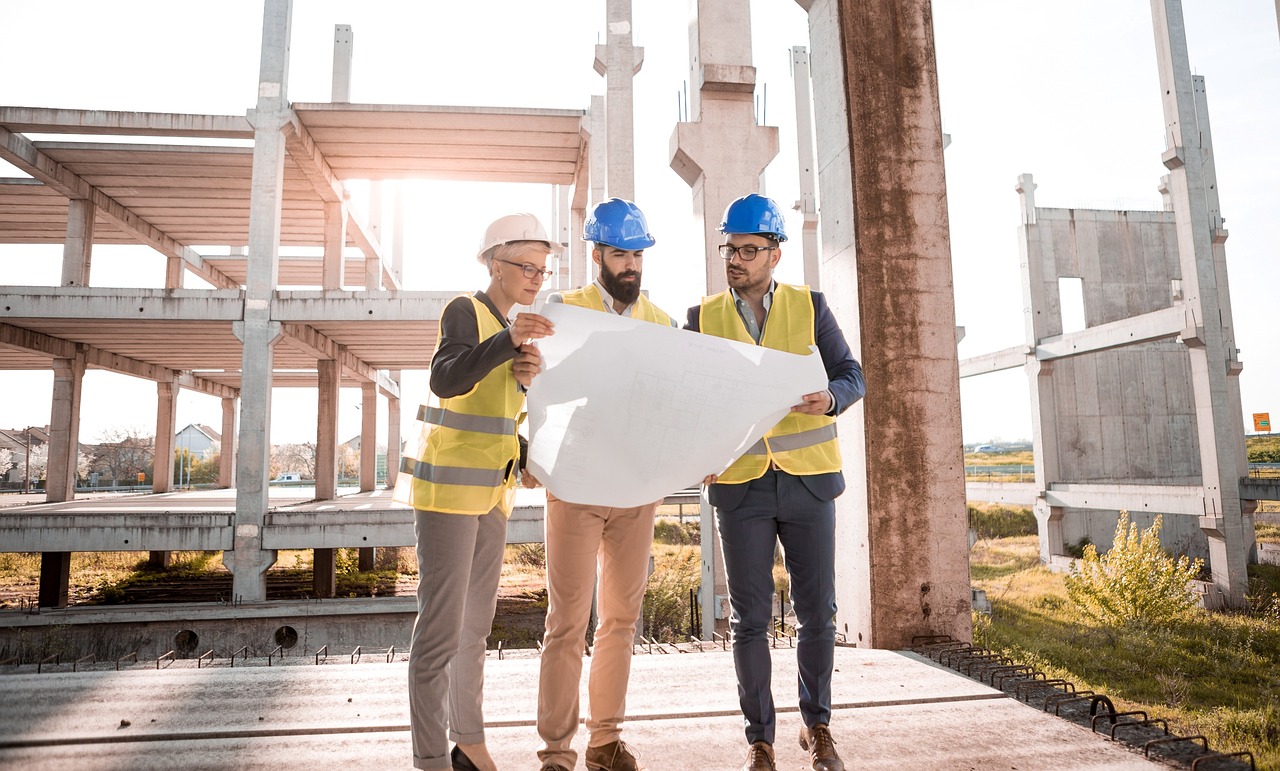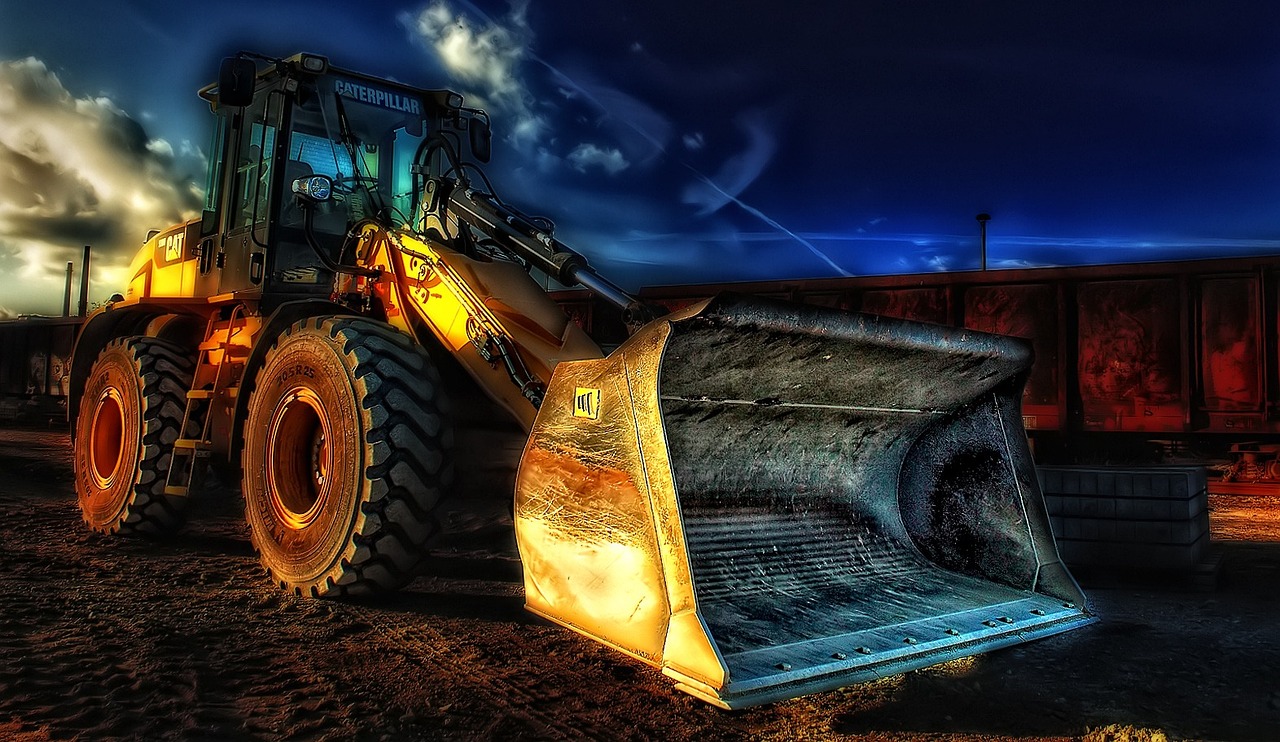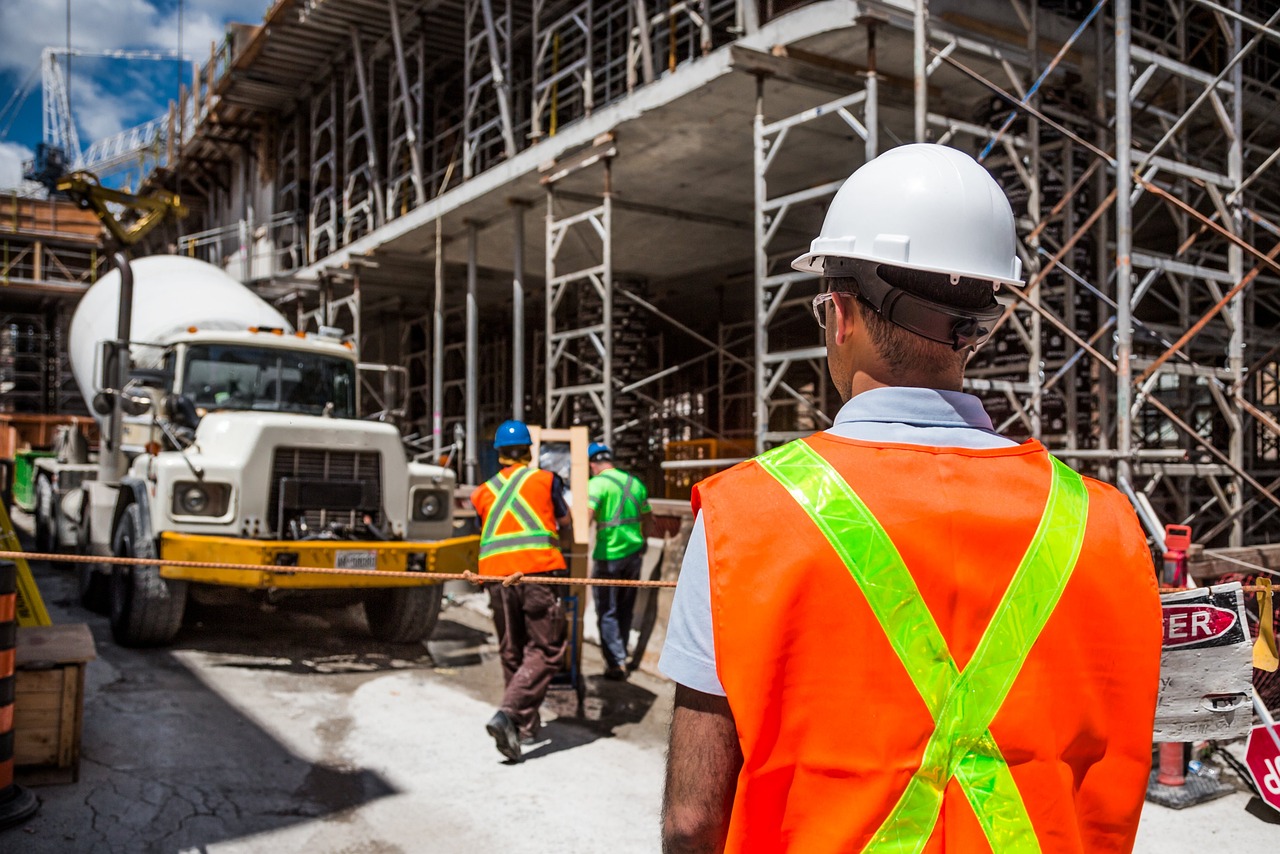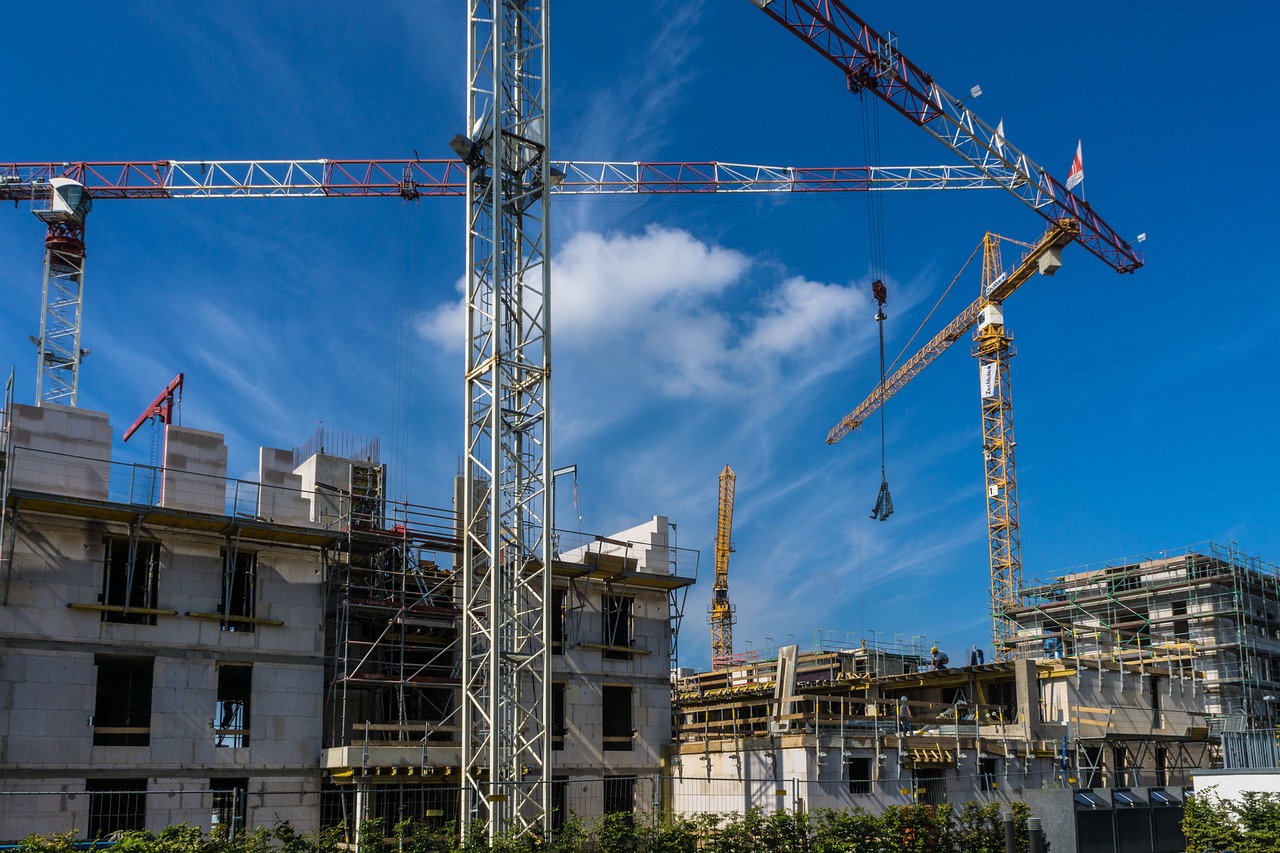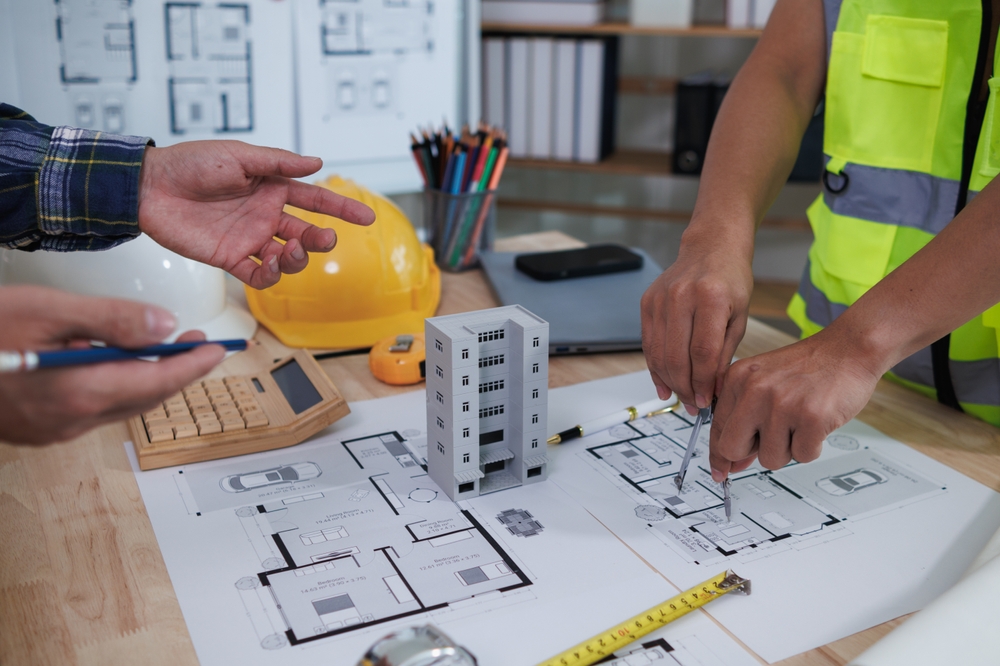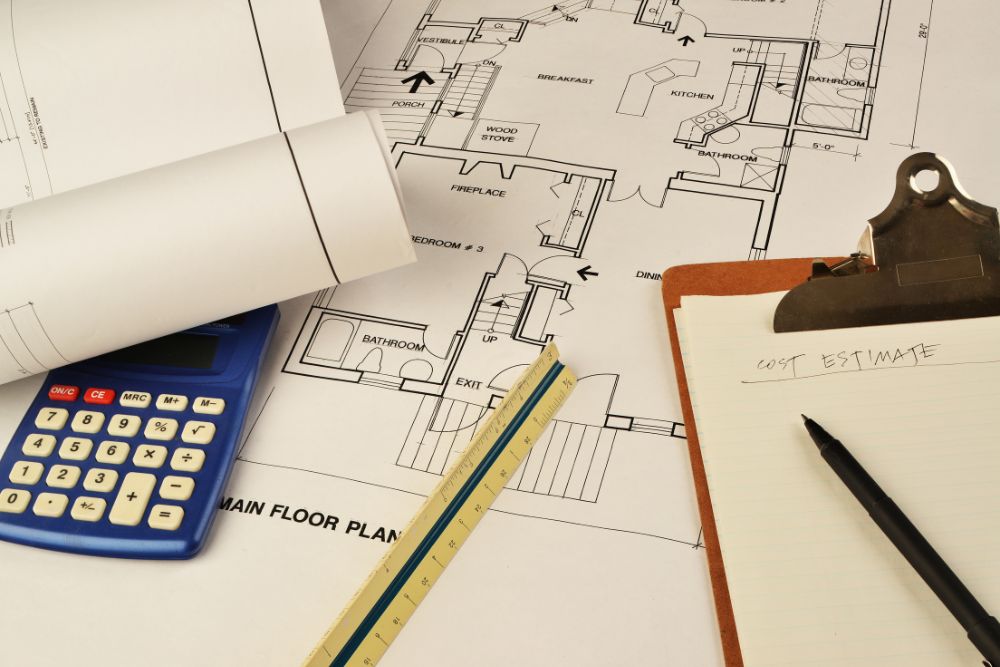Did you know that almost 40% of a building’s cost goes into MEP systems?
That’s a big part of the budget, and it shows how important Mechanical, Electrical, and Plumbing (MEP) systems are. These systems ensure that the lights work, the rooms stay comfortable, and the water runs properly.
But here’s the thing: many people don’t understand how MEP works or why it needs to be carefully planned. If it’s not done right, it can lead to delays, extra costs, and even safety problems.
The good news? With the right knowledge and planning, MEP systems can be installed smoothly, saving both time and money.
In this blog, we’ll explain what MEP is, why it matters, what’s included in each system, and how it helps buildings work better. Whether you’re a builder, contractor, or just curious, this guide will give you a clear picture of how MEP shapes every construction project.
What Is MEP?
MEP (Mechanical, Electrical, Plumbing) systems are essential for a building’s functionality, safety, and comfort.The building systems include HVAC for temperature control and electrical systems for power distribution together with plumbing for water distribution and waste management. Integrated MEP system ensures efficiency, regulatory compliance, and seamless construction.
Importance of MEP in Construction
MEP is the systems that make a building work. These systems control things like heating, cooling, lighting, power, water, and drainage. Without MEP, a building is just walls and a roof.
MEP is important because it:
- Makes buildings comfortable and livable
- Helps control temperature, airflow, and lighting
- Provides clean water and proper drainage
- Ensures safety through fire alarms, sprinklers, and emergency systems
- Helps meet building codes and regulations
- Saves energy and money with efficient systems
- Reduces repairs and maintenance costs over time
- Supports smart technologies like automated lighting and climate control
In short, MEP systems are the heart of a building. Good MEP design makes sure everything runs smoothly, safely, and efficiently.
Key Components of MEP Systems
Think of the MEP (Mechanical, Electrical, Plumbing) plan as the nervous system of any building that makes spaces breathe, glow, and flow. Without it, even the most incredible designs are just empty boxes. Here are the key components of the MEP system:
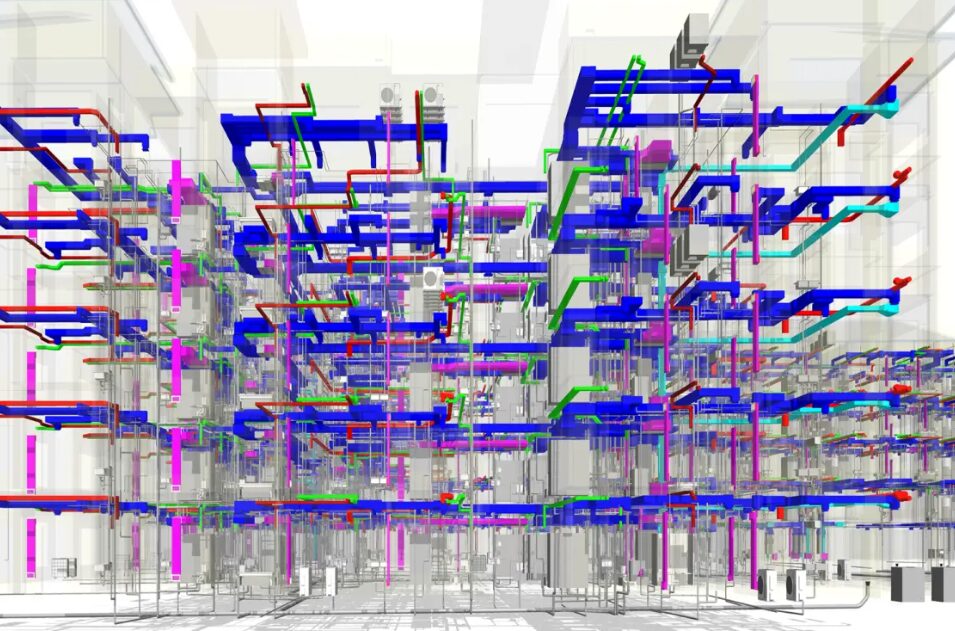
Mechanical (M)
HVAC systems keep the air fresh and temperatures just right. Key components include:
- HVAC systems
- Air ducts and vents
- Boilers and chillers
- Exhaust systems
- Building automation controls
In a recent office tower project, integrating energy-efficient HVAC systems reduced annual energy costs by 20%.
Electrical (E)
Wires and circuits power your Netflix marathons, late-night work sessions, and every glowing lightbulb. Electrical components include:
- Power distribution systems
- Lighting systems (interior and exterior)
- Backup generators and UPS systems
- Fire alarm systems
- Data and communication lines.
Plumbing(P)
Clean water appears at your tap while waste vanishes—no clogs, no chaos. This includes:
- Water supply systems (hot and cold)
- Drainage and sewage systems
- Rainwater and stormwater systems
- Gas piping
- Fire suppression systems (like sprinklers)
How is MEPFP Different From MEP?
While MEP covers most essential systems, there’s a more advanced version known as MEPFP that includes additional safety features.
| Aspect | MEP | MEPFP |
| Full Form | Mechanical, Electrical, Plumbing | Mechanical, Electrical, Plumbing, Fire Protection |
| What it Covers | Heating, cooling, airflow, power, lighting, water supply, and waste | All MEP systems plus fire detection, suppression, and smoke control |
| Main Focus | Comfort, functionality, and utility of the building | Comfort, functionality, and fire safety |
| Key Addition | — | Fire alarms, sprinklers, smoke control, emergency exits |
| Use in Projects | Used in most buildings | Common in larger or high-risk projects for added safety |
| Goal | Basic building performance | Complete safety and efficiency in building systems |
Role of MEP in Construction
Every construction project requires MEP (Mechanical Electrical Plumbing) systems to establish its foundation for functional efficiency.
- Planning: MEP specialists join architectural teams at initial design phases to integrate their systems which leads to superior energy performance in the structure.
- Installation: During construction, teams carefully install these systems to avoid clashes and follow safety rules.
- Comfort: The operating efficiency of buildings depends on MEP since heating/cooling systems and power/lighting and water/drainage require its components.
- Energy Savings: MEP design applications incorporate sustainable technologies that result in lower energy usage and decreased expenses.
- Maintenance: Regular upkeep checks and system updates after final construction serve to maintain good operational functionality of MEP systems.
- Safety: MEP systems satisfy thorough codes that defend occupants and ensure system reliability.
Benefits of Proper MEP Integration in Construction
MEP integration in construction has a wide range of benefits. These are:
| Clash Detection and Avoidance | The combination of BIM tools for early MEP system planning via 3D modeling enables conflict detection between pipes and electrical conduits thus preventing additional work and construction delays. |
| Cost Efficiency | The early coordination phase ensures a reduction in material waste and work costs together with the elimination of costly change orders. The optimization of resource usage in holistic design results in reduced expenses throughout both the initial development and the extended operational period. |
| Energy Efficiency | The simultaneous design of solar panels with HVAC systems and lighting controls leads to lower operational costs through diminished energy consumption. |
| Sustainability and Green Certification | Programming for sustainability enables water recycling and energy-efficient HVAC systems to receive LEED and BREEAM certifications thus enhancing marketability. |
| Occupant Comfort | The combination of properly designed Heating Ventilation and Air Conditioning systems lighting solutions and acoustic controls provides better indoor environments to create productive conditions and healthy environments. |
| Timely Project Delivery | Strategic project planning reduces on-site clashes while delivering both time-sensitive deadlines together with budget targets thus building stakeholder confidence. |
| Increased Property Value | High-performance sustainable buildings produce increased property value through their attraction of high-value tenants and premium buyers who enjoy competitive benefits. |
MEP Engineering Services
Creating and optimizing heating/cooling systems and electrical facilities plus plumbing structures is the main focus of MEP engineering which aims to deliver operational efficiency through sustainable support and cost reduction measures. Key areas include:
Smooth System Integration
The design process should have systems that interact without interference so ducts should not overlap with pipes or wires. It connects systems like heating/cooling with smart controls for better performance and energy savings. Prevent costly rework by planning layouts early.
Performance Checks & Upgrades
Test systems to spot issues (e.g., energy waste, weak heating). Fix problems and suggest improvements, like switching to LED lights or fixing water flow in pipes.
Sustainability Focus
Install energy-efficient heating, ventilation, and air conditioning systems with smart lighting technology, along with products that conserve water through low-flow faucet usage. Help earn green certifications (like LEED) and use eco-friendly materials or rainwater systems to reduce environmental harm.
MEP Drafting Services
MEP drafting services craft detailed blueprints for a building’s mechanical, electrical, and plumbing systems, ensuring seamless design, installation, and long-term functionality.
Clear Plans
The diagrams provide precise information about wires along with pipes ducts and equipment positions. Technologies are used to develop specifics regarding HVAC units electrical panels as well as plumbing fixtures.
Smooth Integration
Align MEP systems with the building’s design (walls, ceilings) and structure (beams, columns). Use software to spot and fix clashes between systems before construction.
Useful Records
Provide “as-built” drawings showing final installations for future repairs or upgrades. These include guides for system maintenance and operation. Update plans if changes are made, keeping records accurate.
Why Selecting the Right MEP Firm Matters?
Not all MEP firms are the same. Choose the right one because:
- Rules Matter: Good firms know local/international building codes, so you avoid fines and delays.
- Save Money & Energy: Architects develop intelligent system designs, especially for HVAC components and lighting systems, to reduce both power utilization and utility expenses.
- Teamwork: They collaborate with architects and builders to prevent Issues that would necessitate rework or clashes during construction.
- Smart Tech: The application of technology (especially automation, AI, and IoT) enables builders to create effective efficient facilities that prepare real estate for coming innovations.
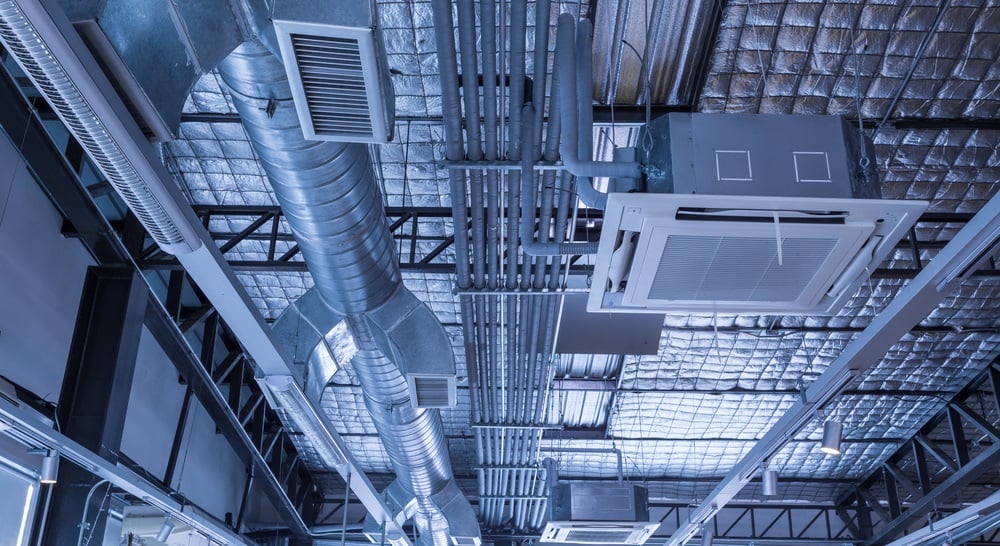
Better selection decisions result in reduced expenses while also minimizing problems and delivering superior outcomes.
Tips for Managing MEP in Construction
Here are some powerful tips to help you manage MEP in construction projects and achieve smooth execution:
- Plan Early: Get MEP engineers involved from the start to avoid rework.
- Use 3D Modeling (BIM): Helps spot and fix clashes before construction begins.
- Make a Clear Schedule: Plan MEP tasks in detail and coordinate with other trades.
- Check Drawings Carefully: Review and approve shop drawings before work starts.
- Look for Cost Savings: Use efficient designs and avoid over-specifying materials.
- Hire the Right Subcontractors: Choose experienced MEP teams and define clear roles.
- Inspect Work Often: Regular checks help catch problems early.
- Test Systems Before Handover: Make sure everything works properly (HVAC, plumbing, lights, etc.).
- Keep Everyone in the Loop: Communicate well with all teams to avoid confusion and mistakes.
- Document Everything: Track changes, approvals, and testing results.
Common Challenges in MEP Design and Installation
MEP systems are crucial for a building’s function, but they come with their own set of challenges. Here are the most common issues faced during MEP projects:
- Lack of Coordination: Clashes occur when various teams consisting of mechanical and electrical and plumbing do not collaborate efficiently.
- Poor Planning: Design step omission leads to space problems and design errors down the line.
- Frequent Design Changes: Changing plans during construction causes delays and extra costs.
- Clash Issues: Pipes, ducts, and cables can end up in the same space without proper checking (especially without BIM).
- Tight Spaces: Modern buildings often don’t leave enough room for all MEP systems.
FAQs
Who handles MEP design?
MEP engineers design these systems, collaborating with architects and other experts.
How do MEP and HVAC differ?
HVAC (heating, cooling, air flow) is just one part of MEP. It has two other systems i.e.; electrical and plumbing systems.
How long do MEP systems last?
With proper maintenance, MEP systems can last many years. HVAC systems typically last 15-20 years, plumbing systems can last over 50 years, and electrical systems can last decades as well, depending on usage and upkeep.
What Role does Building Information Modeling (BIM) play in MEP projects?
BIM helps create 3D models of MEP systems before construction. This allows for detecting problems, optimizing space, and making sure everything fits together properly, saving time and money during construction.
Why should MEP systems be future-proofed?
As buildings become smarter, MEP systems should support new technology like smart lighting and temperature controls. Future-proofing helps buildings adapt to new innovations without needing major system changes later.
Conclusion
MEP is the unsung hero team that makes buildings work—not just exist. The detailed blueprints act like a building’s instruction manual, guiding everything from wiring to water systems. They ensure your space isn’t just a shell but a living, breathing environment that’s safe, efficient, and kind to the planet.
Today’s MEP design is all about innovation. Think futuristic tools like BIM (3D modeling magic!) and a focus on people’s comfort. It’s not just about pipes and wires—it’s about creating spaces that save energy, boost well-being, and stand the test of time.
MEP experts are the game-changers who turn blueprints into reality. Ready to bring your vision to life? Prime Estimation doesn’t just build systems—it builds smarter futures. See for yourself, then decide!


